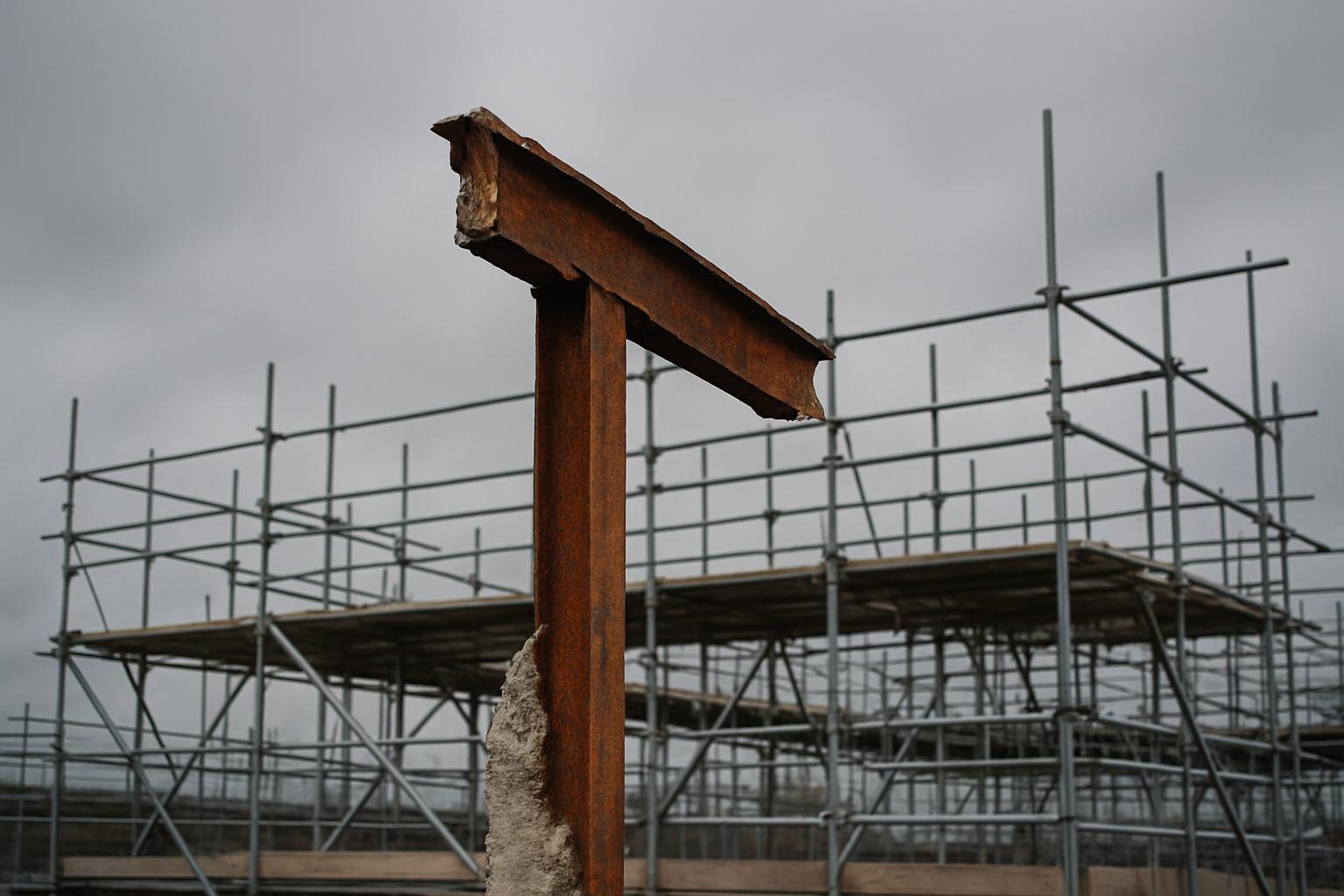MPs have been reassured that no children are currently learning in schools where the Department for Education (DfE) has concerns about building safety, particularly in relation to issues surrounding reinforced autoclaved aerated concrete (RAAC). This update came during a session of the Education Select Committee, where Dr Jonathan Dewsbury, the DfE’s director of education estates and net zero, presented early findings from ongoing research into the condition of school buildings. The research, which began after the initial RAAC safety crisis, indicates that there are no systemic problems across the school estate linked to specific system builds like RAAC. Instead, findings point towards the deterioration of school buildings largely caused by prolonged lack of maintenance.
DfE minister Josh MacAlister acknowledged the scale of this challenge, confirming that while no immediate safety threats exist in schools currently open to pupils, managing the upkeep and risks remains a priority. The department has allocated £5 million towards detailed research that is expected to conclude by spring 2026. MacAlister emphasised the government’s commitment to proactive capital investment to address the problem, highlighting that capital spending on the education estate is projected to rise to around £3 billion annually over the next decade, with an overall capital spend of just over £8 billion in the 2026/27 financial year—the highest level since 2008/09.
The issue of RAAC, a lightweight concrete known to deteriorate over time, has been a focal point of government action. According to Education Secretary Bridget Phillipson, all schools that still contain RAAC and are not scheduled for rebuilds should have the material completely removed by the end of the current Parliament. Schools involved in the government’s School Rebuilding Programme are expected to have these projects completed within the same timeframe. Data from the department shows that RAAC has now been permanently removed from 62 out of 237 schools and colleges where the concrete was confirmed, with further removals and rebuilding projects underway.
This progress has been welcomed by the NAHT school leaders’ union, whose general secretary Paul Whiteman acknowledged the strides made on RAAC but stressed that infrastructure issues extend beyond this material. He cited ongoing challenges such as leaking roofs, draughty portable classrooms, and inadequate facilities like school dinners being served in corridors, underscoring the wider state of school buildings.
The government’s current funding approach reflects these broad infrastructure needs. In the 2025/26 financial year, £2.4 billion has been allocated towards improving the condition of schools and colleges. However, the National Audit Office previously reported that maintaining schools to a safe standard would require annual funding of around £5.3 billion, pointing to a significant funding gap. MacAlister acknowledged that while the planned capital spending is a major increase compared to previous years, there remains pressure to do more to address decades of underinvestment.
Besides tackling RAAC in schools, similar safety efforts are underway in other public infrastructure sectors. The government has also removed RAAC from several NHS hospitals, addressing the risks posed by aging building materials, with seven more hospitals recently confirmed free of RAAC as part of a wider programme to improve healthcare building safety.
The Department for Education has also issued guidance requiring that any spaces confirmed to contain RAAC should not remain open without proper mitigation, coupled with funding to support immediate remedial works and temporary facilities where needed. Dedicated caseworkers have been assigned to affected institutions to ensure tailored responses and safeguard pupils and staff.
However, maintaining the integrity of the funding and repair processes remains a concern. The Competition and Markets Authority (CMA) has initiated an investigation into possible bid-rigging among construction firms vying for government-funded school improvement contracts. This probe highlights the challenges in effectively managing and overseeing the expanded investment in school infrastructure.
Overall, government statements and reports underscore a complex picture: while there are no immediate dangers to pupils in schools currently open, significant investment and careful management are essential to address the broader challenges of maintaining the school estate and preventing future risks. The government appears committed to increasing funding and accelerating removal of hazardous materials, but the scale of repairs and upgrading required points to a lengthy and costly process ahead.
📌 Reference Map:
- Paragraph 1 – [1] (The Irish News)
- Paragraph 2 – [1] (The Irish News)
- Paragraph 3 – [1] (The Irish News), [3] (Gov.uk)
- Paragraph 4 – [1] (The Irish News), [2] (Gov.uk)
- Paragraph 5 – [1] (The Irish News)
- Paragraph 6 – [1] (The Irish News)
- Paragraph 7 – [5] (Gov.uk)
- Paragraph 8 – [4] (Gov.uk)
- Paragraph 9 – [6] (Gov.uk)
- Paragraph 10 – [1] (The Irish News), [7] (Gov.uk)
Source: Noah Wire Services
